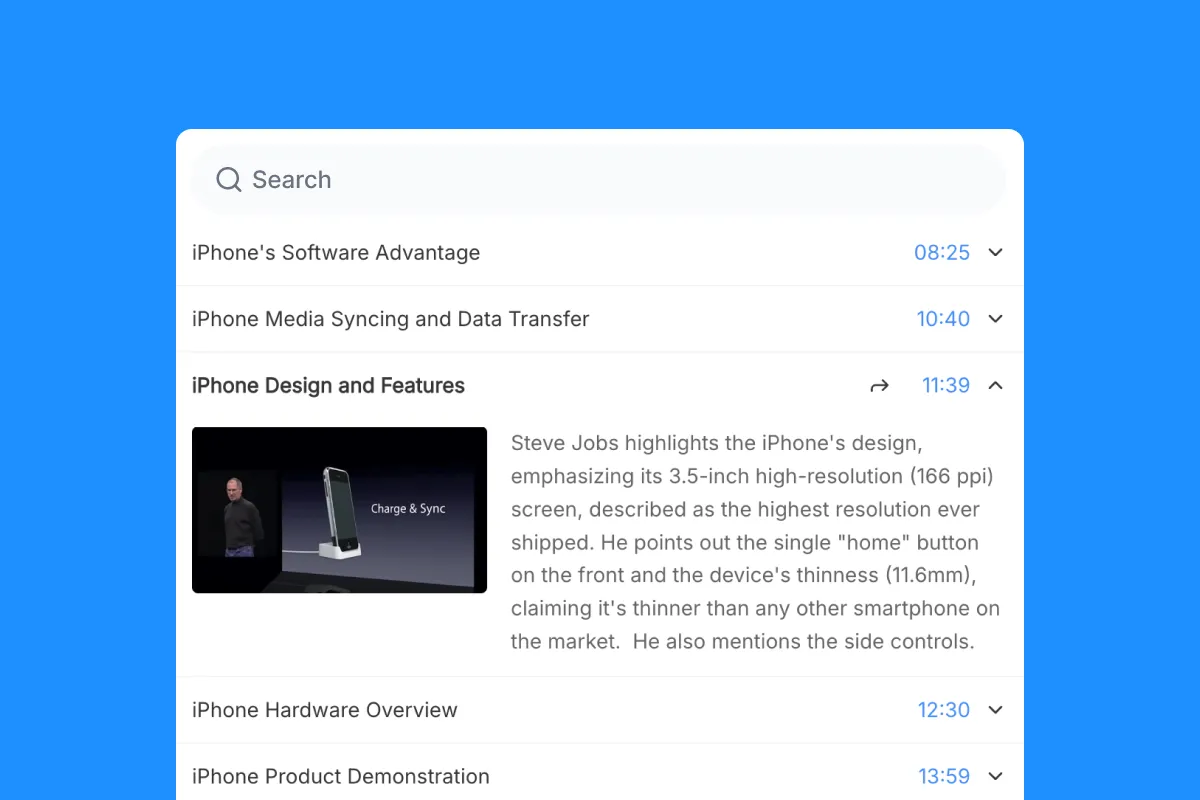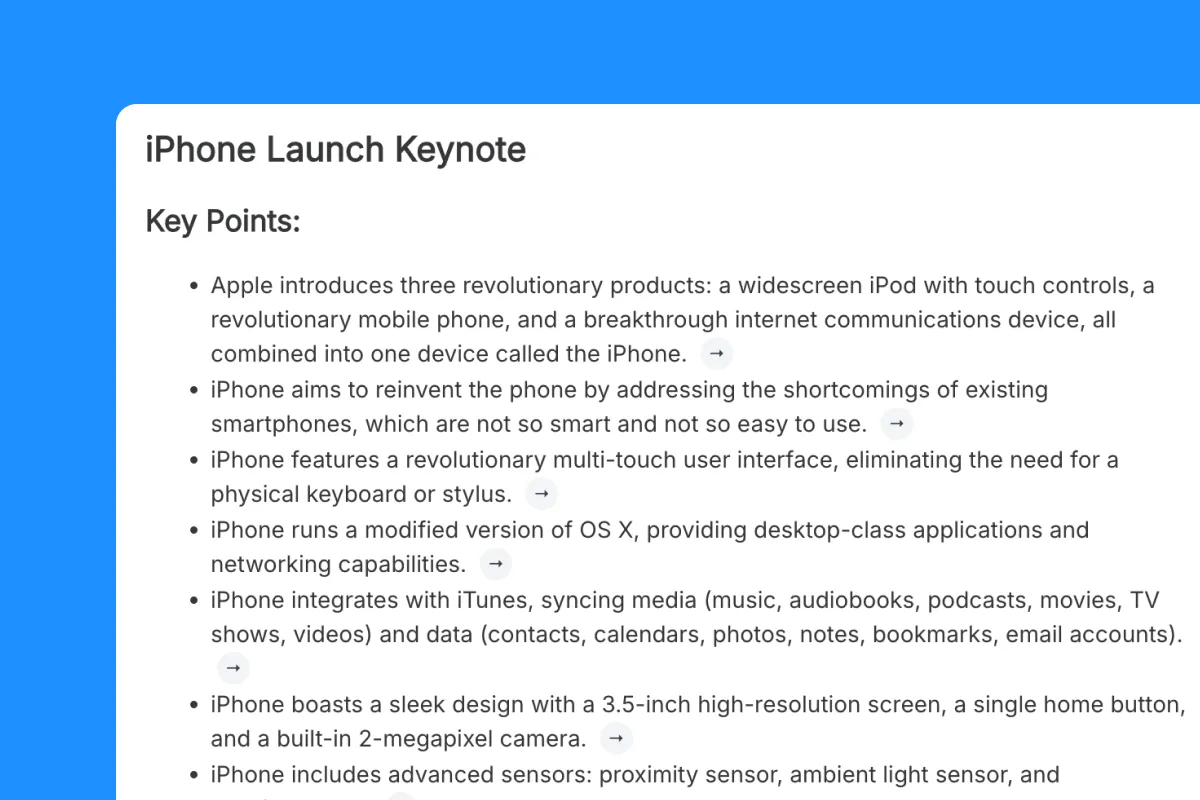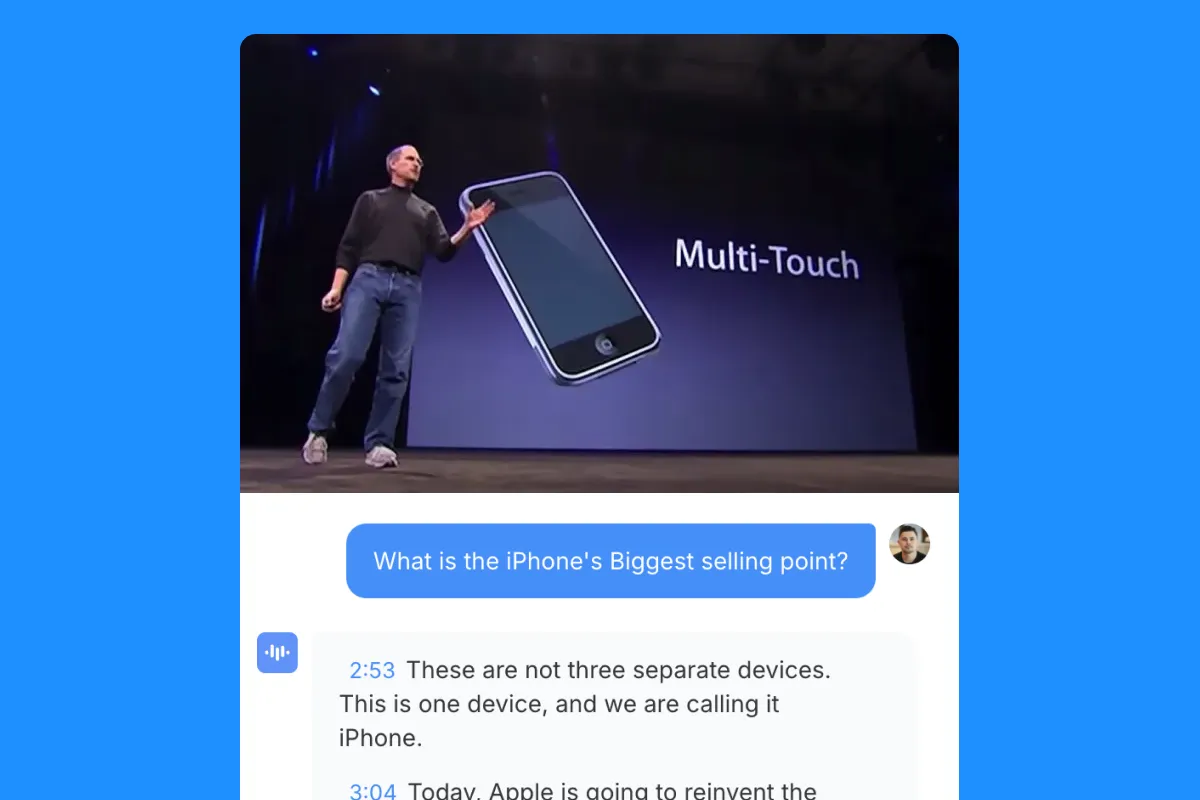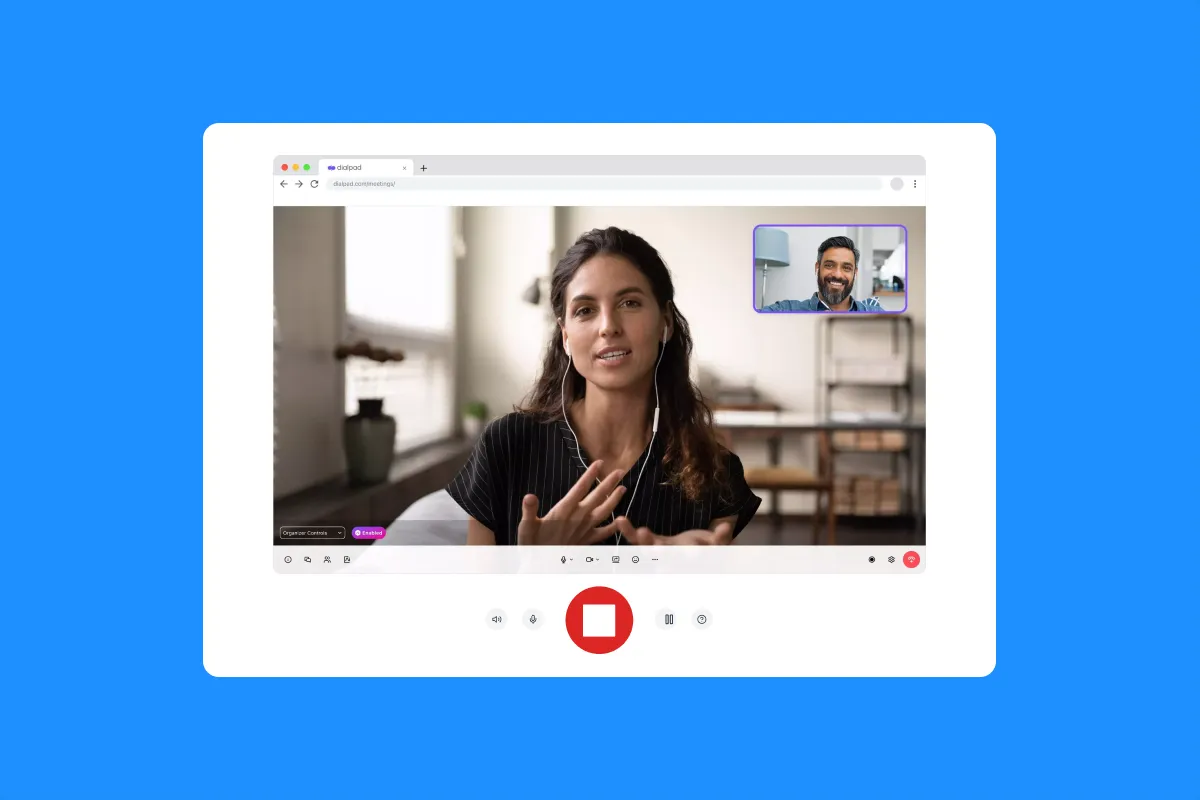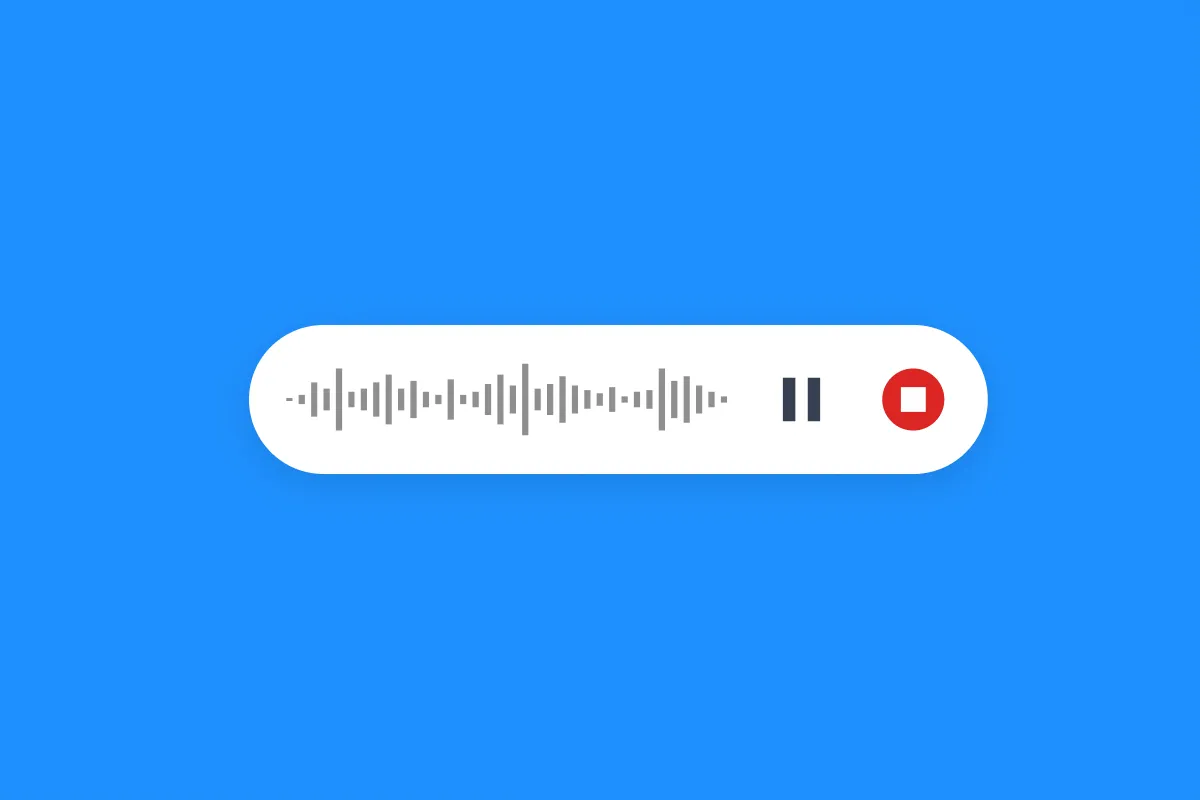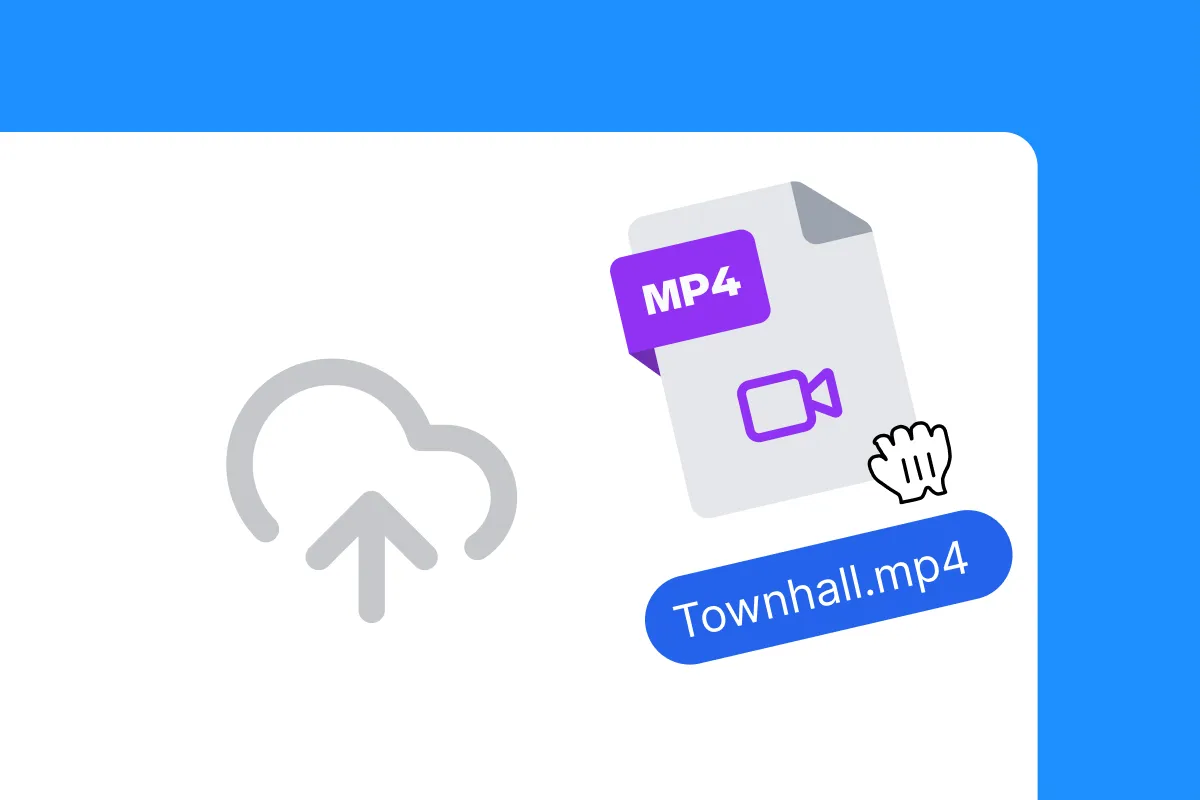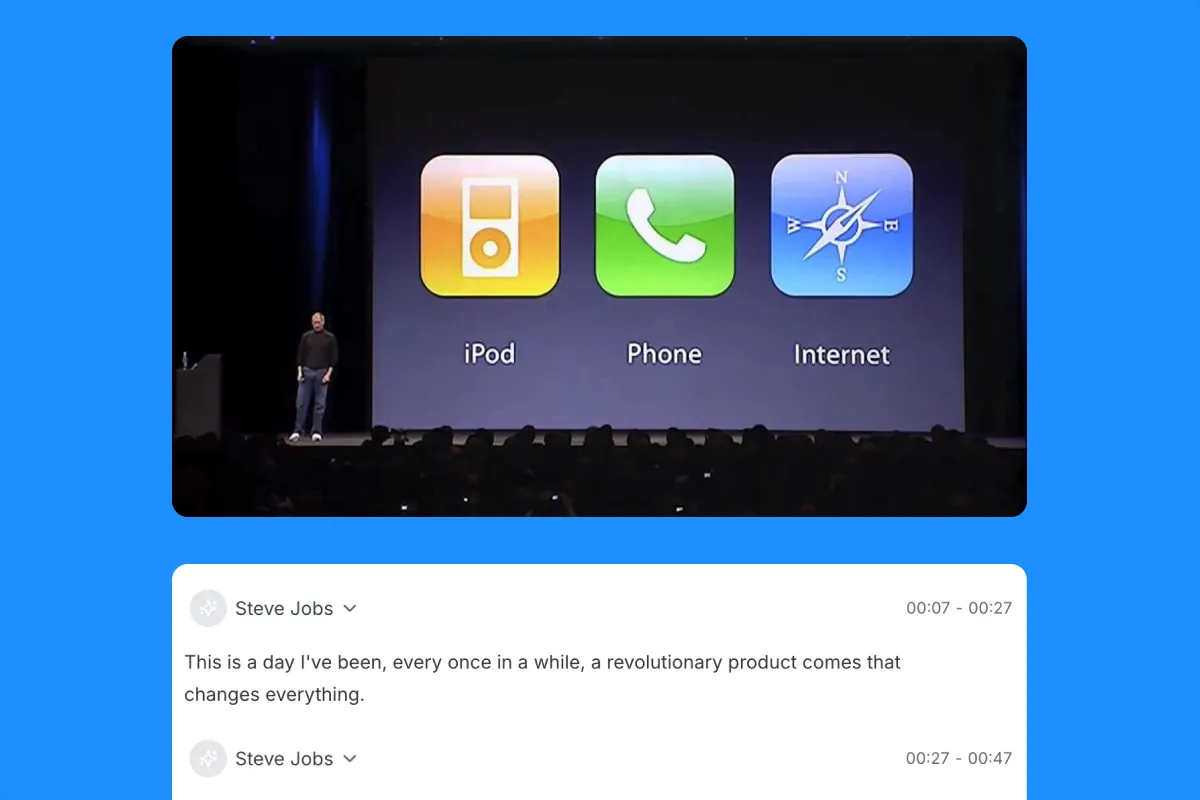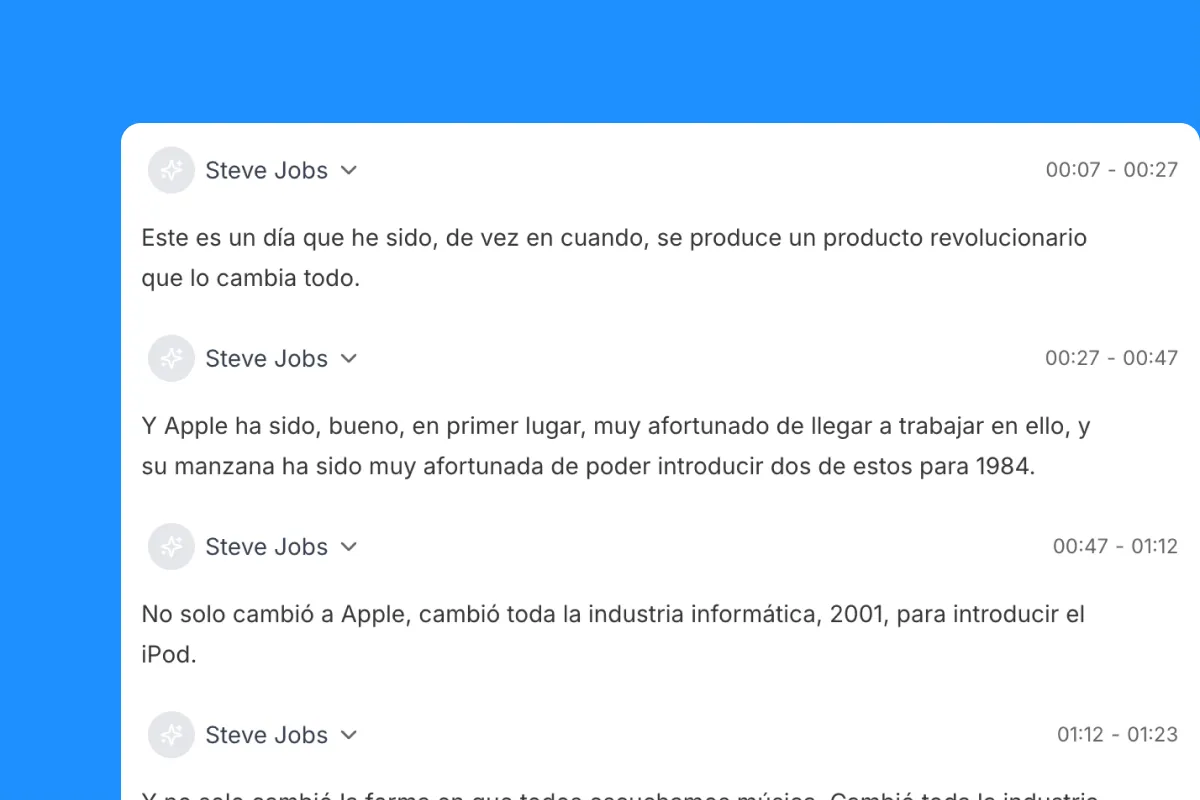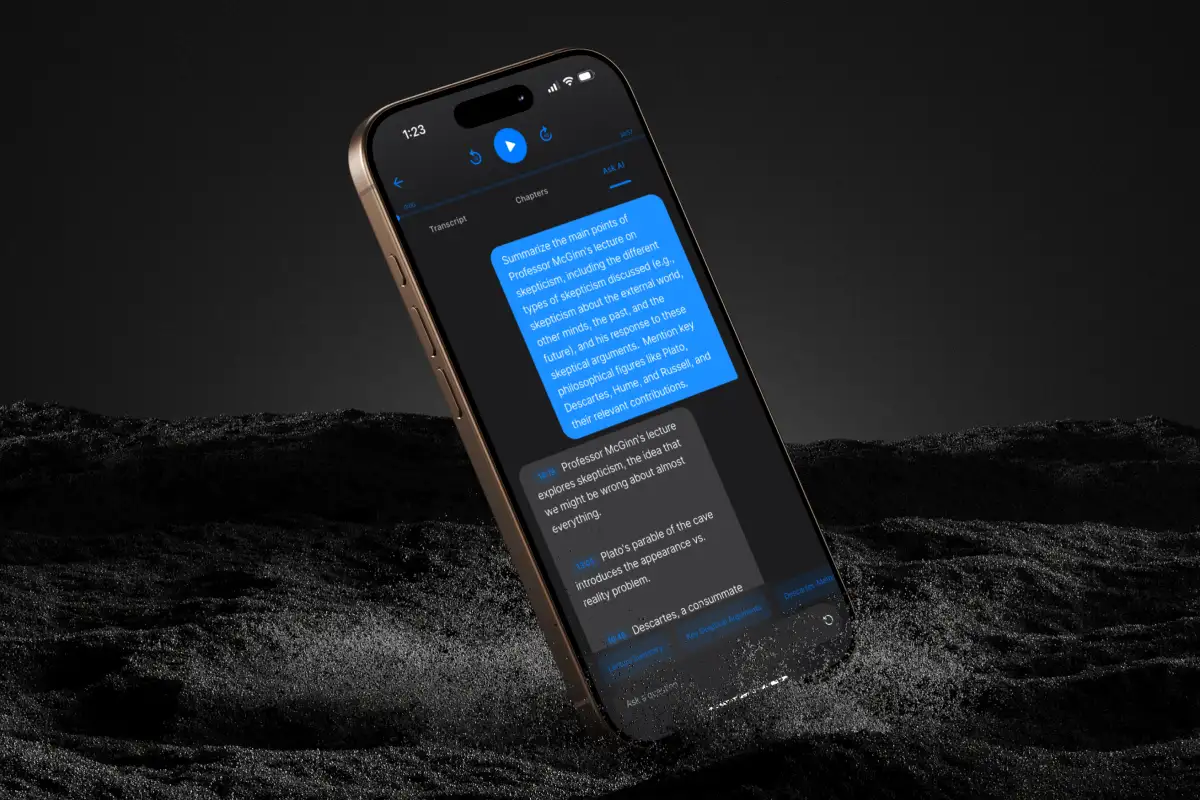The Importance of Transcription Guidelines
Following a clear set of transcription guidelines is the key to producing accurate, consistent, and professional-grade transcripts. These standards ensure that spoken content is converted to text in a way that is clear, readable, and useful for any application, from academic research to legal documentation.
Core Principles of Quality Transcription
- Accuracy: The primary goal is to create a verbatim record of the spoken audio. This includes capturing words, pauses, and non-verbal utterances accurately.
- Readability: A transcript must be easy to read and understand. Proper formatting, punctuation, and speaker labeling are essential.
- Consistency: Applying the same rules for formatting, timestamps, and speaker labels across a single transcript and multiple projects ensures a professional and reliable output.
General Transcription Guidelines
These are the standard guidelines our AI follows and that we recommend for manual editing.
Speaker Labeling
- Each new speaker should begin on a new line.
- Clearly label the speaker at the start of their turn (e.g., “Speaker 1:”, “John Doe:”, “Interviewer:”).
- Be consistent with speaker labels throughout the transcript.
Timestamps
- Timestamps should be placed at regular intervals (e.g., every 30 seconds or every paragraph) and at every speaker change.
- The format should be clear and consistent, typically
[HH:MM:SS].
Non-Verbal Communication
- Significant pauses should be indicated, often with
[pause]. - Non-verbal sounds that add context (e.g.,
[laughter],[applause],[phone ringing]) should be included in brackets. - Use
[unintelligible]for words or phrases that cannot be understood after repeated listening. - Use
[crosstalk]when multiple speakers talk over each other, making the speech impossible to discern.
Punctuation and Formatting
- Use standard punctuation to reflect the natural flow of speech.
- Start new paragraphs for long monologues to improve readability.
- Avoid run-on sentences; break up long spoken sentences into shorter, grammatically correct ones where appropriate.
Who Needs to Follow Transcription Guidelines?
- Professional Transcriptionists: To deliver high-quality, consistent work to clients.
- Researchers & Academics: To ensure the integrity and analyzability of their qualitative data.
- Journalists & Media Producers: To maintain accuracy in reporting and create clear records of interviews.
- Anyone Editing an AI Transcript: To turn a 99% accurate AI transcript into a 100% perfect final document.
Frequently Asked Questions
What are the different types of transcription?
The most common are verbatim (captures every single word and utterance exactly as said) and clean read (removes filler words like “um” and “uh” and corrects minor grammatical errors for better readability). Our AI defaults to a clean read for clarity.
How should I format speaker labels?
A common and clear format is the speaker’s name or a generic label (e.g., “Speaker 1”, “Interviewee”) followed by a colon, on a new line for each speaker turn.
When should I use timestamps?
Timestamps are crucial for easy navigation. Best practice is to add them at every speaker change and at regular intervals (e.g., every minute) during long monologues.
How do I handle inaudible parts of a recording?
If a word or phrase is impossible to understand, use the [unintelligible] or [inaudible] tag. Do not guess the word, as this can compromise the accuracy of the transcript.
